From the Pastor’s Desk
Dear St. Mary’s Parishioners:
Perhaps, you have wondered about the passage from the Gospel of Luke where the angel told the shepherds on Christmas night: “And this will be a sign for you: you will find an infant wrapped in swaddling clothes and lying in a manger.” (Lk 2:12) If it was customary for parents to wrap their new-born children in swaddling clothes, what is the big deal? Why would that have been a sign to the shepherds? Well, a priest friend of mine did some research about this and he came up with the following explanation.
First, it is true that wrapping an infant in swaddling clothes was a Jewish custom at the time of Jesus. The swaddling clothes were bands of cloth, probably cotton, not really “clothes” as in a garment. Moreover, the custom was to wrap the infant in these strips of cloth after washing the body and anointing it in powdered salt. First the baby was laid on its back diagonally on a square sheet of this cotton cloth. After folding the cloth around the infant the shroud was tied with the ribbons. Then the baby was wrapped with his or her arms and legs close to the body with the “swaddling cloth”. This binding prevented the baby from hurting himself by kicking or scratching or rolling over. It is likely that the Blessed Mother would have seen this swaddling process done in Nazareth. However, if not there, she surely would have seen it done by the midwives at the birth of John the Baptist.
Second, an internet blogger speculates (after hearing the explanation in a bible class), that that the priests of the temple would set aside strips from their used, embroidered, liturgical vestments to be given as a gift to their new-born Davidic king. If this was true, then perhaps Zechariah (who was a priest of the tribe of Levi) and Elizabeth, the parents of John the Baptist, gave these strips to Mary so that she could use them to wrap the Christ Child. Our Lady would have brought these precious bands with her for the census trip to Bethlehem, the city of David, in anticipation of the coming of the Christ Child.
Third, we recall that St. Luke recounts that the angel told the shepherds: “And this will be a sign for you: you will find an infant wrapped in swaddling clothes and lying in a manger.” (Lk 2:12) The sign was not that the child was wrapped in swaddling clothes, but that the infant was wrapped in swaddling clothes and placed in a manger. The angel’s words made sense to the shepherds because, at time of Our Lord, it was tradition that the shepherds would provide the “lambs without blemish” for the temple sacrifices in nearby Jerusalem. To protect the new-born lamb from blemish, as required by Judaic law, the shepherds would wrap the lamb in swaddling cloth and place it in a food trough or manger apart from the other sheep. This was indeed a sign to the shepherds! They would find the new-born Christ Child wrapped just like they wrapped their own precious lamb after its birth to set it aside for the temple sacrifice.
When Our Lord was wrapped in swaddling clothes as an Infant, this was His first binding. He was wrapped by His Mother in love. Jesus’ second binding was when He was taken away by His enemies on the night before His crucifixion. Our Lord’s hands were tied together by cords in the Garden of Gethsemane. The third binding was the bands that wrapped Him in His funeral shroud. Mary removed the first bands of Our Lord’s infancy. Jesus’ executioners removed the ropes of the second binding so that He might carry the Cross of salvation. And, on Easter Sunday, the Glorified Christ Himself removed the cloths that bound His Body around His funeral shroud. “By His bruises we are healed.” (Isaiah 53:5) And, by His bindings we are set free. In the account of the raising of Lazarus, we read: “The dead man [Lazarus] came out, his hands and feet bound with bandages, and his face wrapped with a cloth. Jesus said to them, ‘Unbind him, and let him go.’” (Jn 11:44) We sing in Hark the Herald Angels Sing: “Born that man no more may die; born to raise the sons of earth; born to give them second birth.” We give thanks to God for the gift of the Incarnation and our Redemption and we pray: “Almighty ever-living God, who in the Nativity of the Son established the beginning and fulfillment of all religion, grant, we pray, that we may be numbered among those who belong to him, in whom is the fullness of human salvation.” (Collect from Mass on Dec 31st)
Blessed Christmas!
